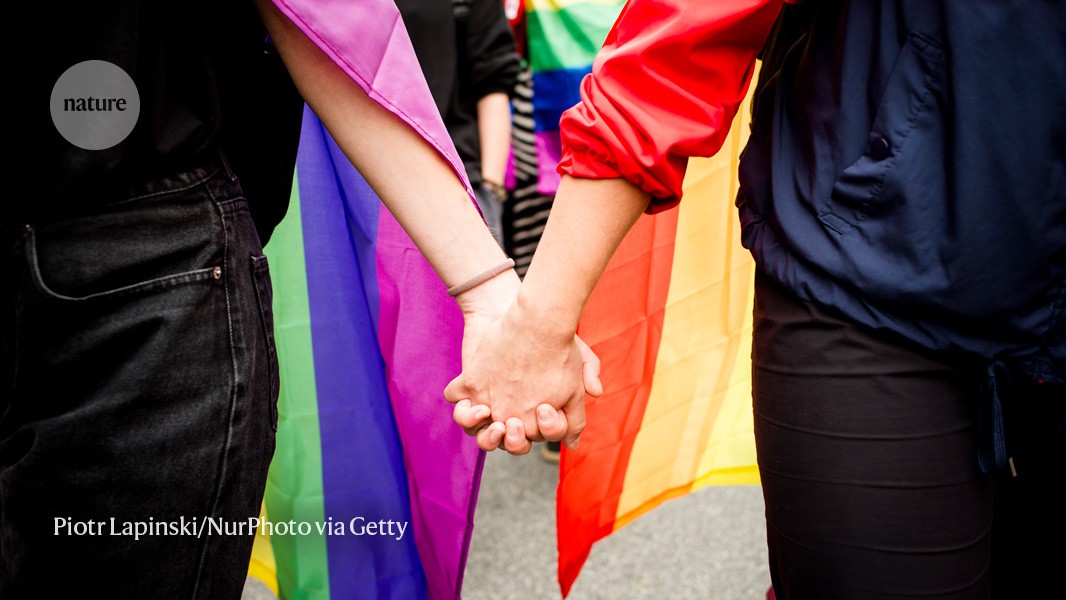The biology of sexual orientation has been one of the most vexing — and politically charged — questions in human genetics. For the first time, researchers have found associations between homosexuality and markers attached to DNA that can be influenced by environmental factors.
Twin studies and family trees provide strong evidence that sexual orientation is at least partly genetic. When one identical twin is gay, there is about a 20% chance that the other will be as well
1. But because this rate is not 100%, it is thought that environmental factors play a role as well. One of the best characterized is the 'older brother effect': the chance of a man being gay increases by 33% for each older brother he has
2. The reason is not clear, although one hypothesis holds that the mother’s immune system begins to react against male antigens and alter the fetus’s development.
To search for factors that could mediate a link between environment and genes, geneticist Eric Vilain at the University of California, Los Angeles (UCLA), and his colleagues looked at epigenetic markers — chemical changes to DNA that affect how genes are expressed, but not the information they contain. These 'epi-marks' can be inherited, but can also be altered by environmental factors such as smoking, and are not always shared by identical twins.
The researchers collected DNA samples in saliva from 37 pairs of identical twins in which only one twin was gay, and 10 pairs in which both were gay. By scanning the twins’ epigenomes, the researchers found five epi-marks that were more common among the gay men than in their genetically identical straight brothers. An algorithm they developed based on the five epi-marks could correctly predict the sexual orientation of men in the study 67% of the time. UCLA computational geneticist Tuck Ngun will present the work on 8 October at the American Society of Human Genetics meeting in Baltimore, Maryland.
Vilain is not surprised to find that epigenetics is associated with sexual orientation, although he says it is too early to try to directly link the epi-marks to any particular environmental exposure or the expression of a specific gene. Ngun says that the researchers want to replicate the study in a different group of twins and also determine whether the same marks are more common in gay men than in straight men in a large and diverse population. Associations found in small studies are prone to evaporate when tested in larger groups.


